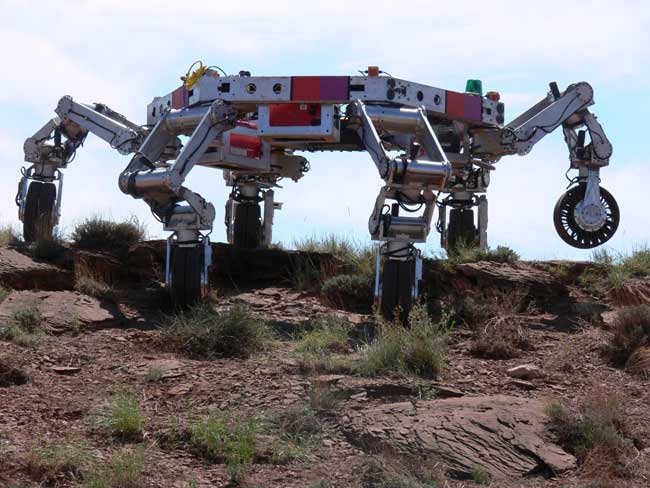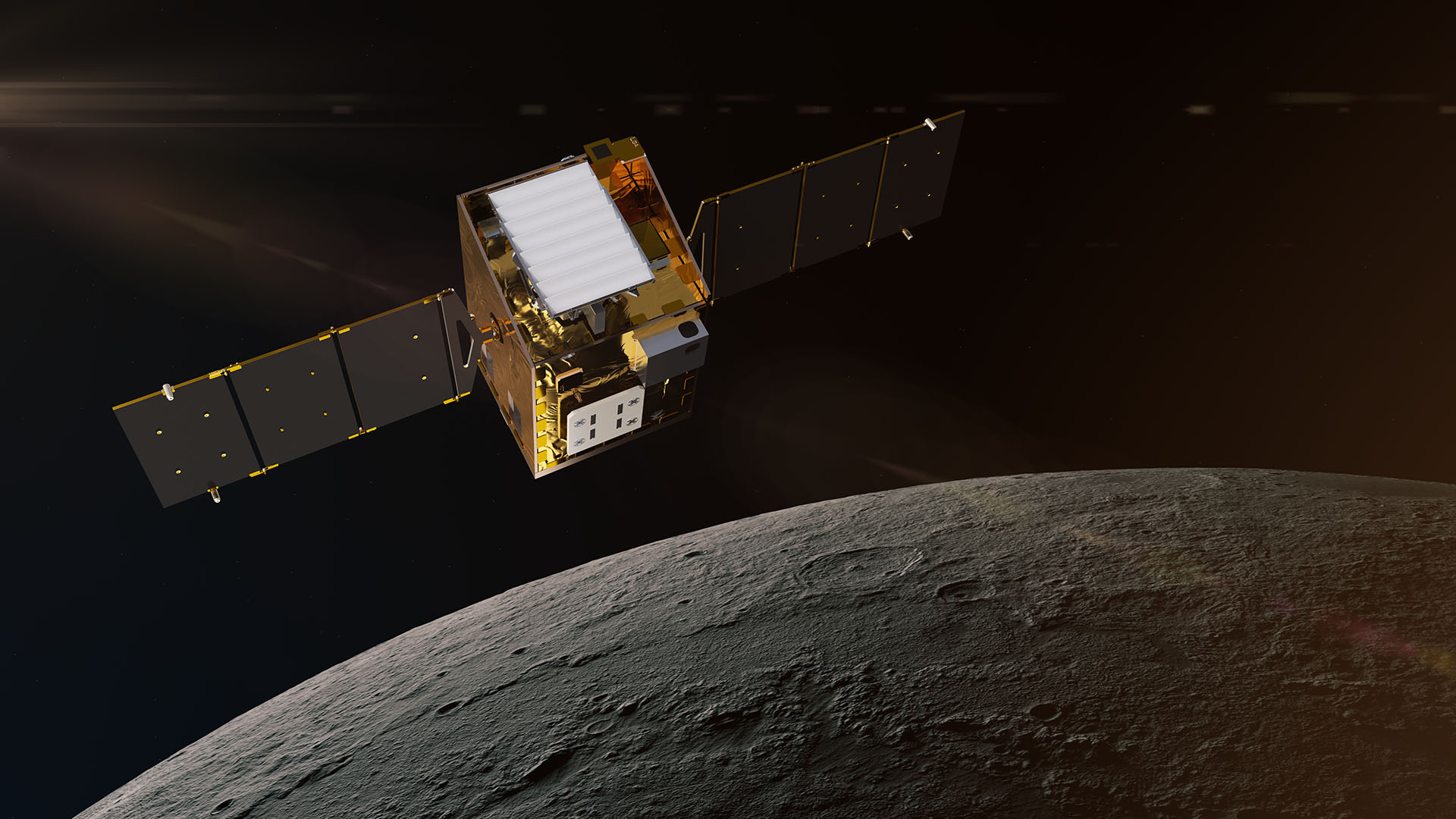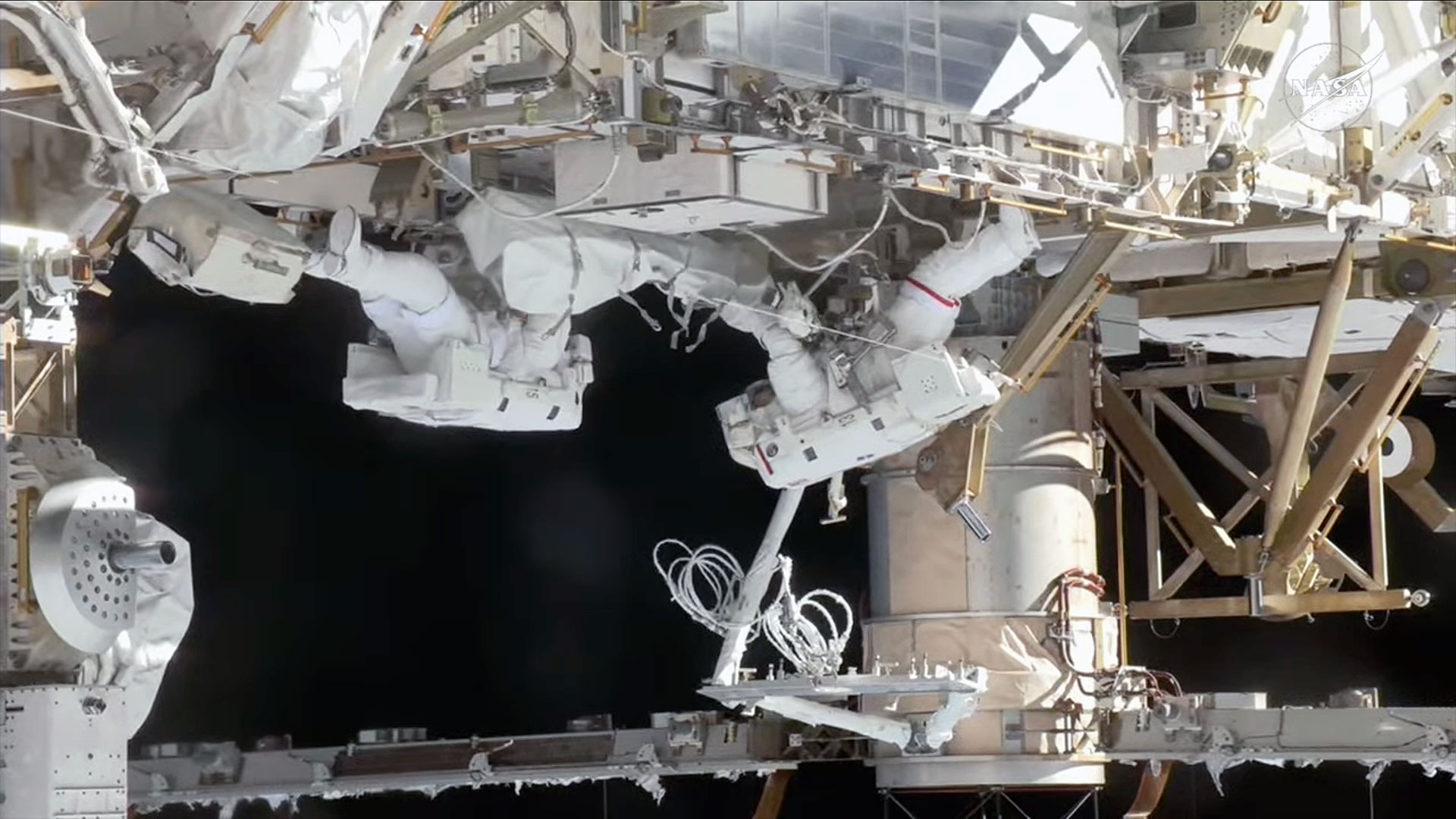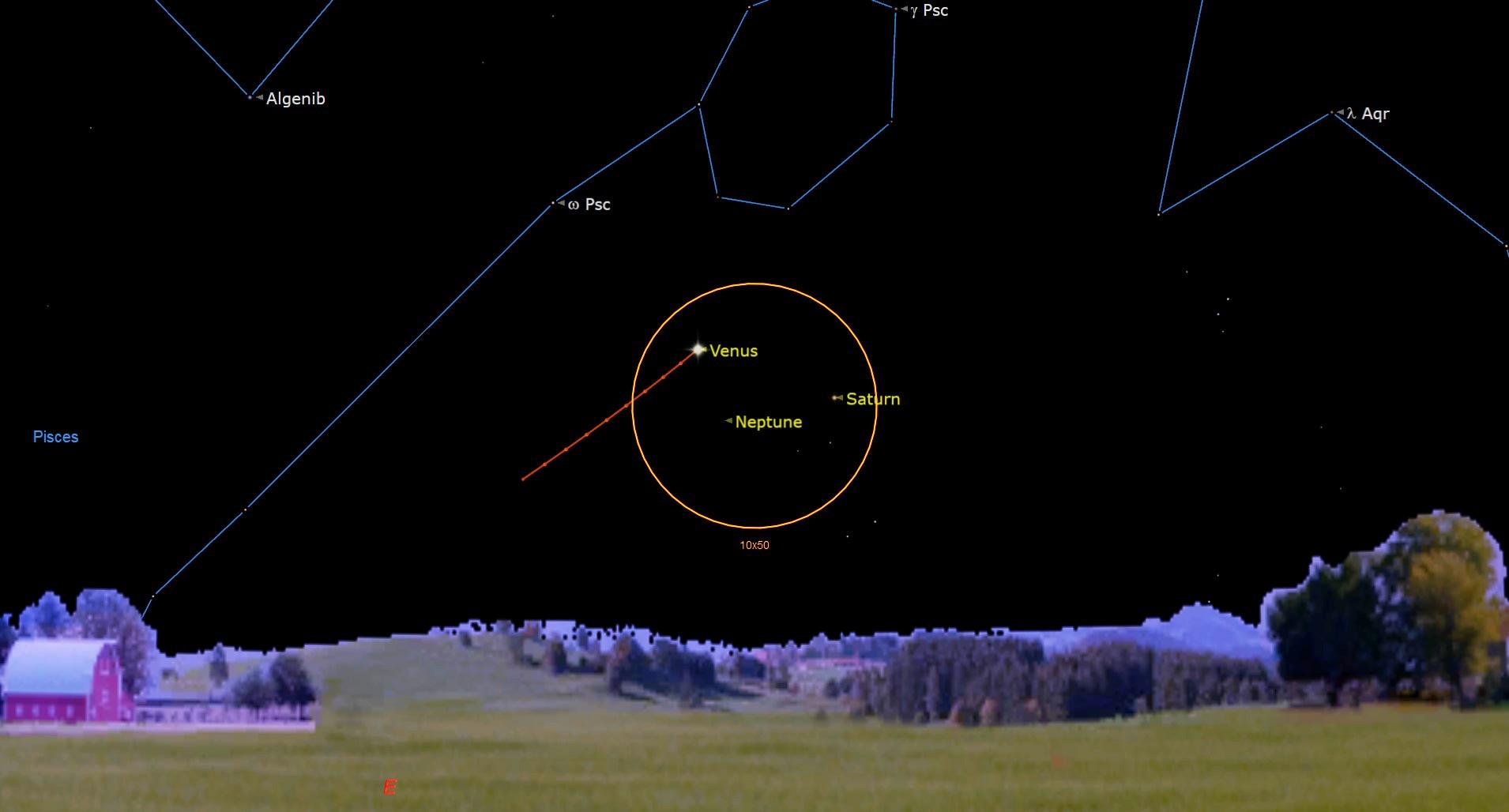Robotic Lunar Base With Legs Changes Everything

The ATHLETE(All-Terrain Hex-Legged Extra-Terrestrial Explorer) robot could play an essentialrole in new lunar bases.
According to NASA, the 15 ton lunar habitat would be mountedon top of the six-legged robot. The habitat could walk right off of the lunarlander, and then proceed to any desired location. Wheeled locomotion would beused for level ground; more challenging terrain could be negotiated with thefull use of the flexible legs.
The ATHLETE-basedhabitat could then be controlled directly by astronauts; mission control couldalso direct the habitat from Earth. My favorite alternative, an autonomousrobot habitat, is also slated for testing. It would use software developed forthe Marsrovers Spirit and Opportunity.
The robot habitat would move around using power drawn fromsolar arrays; the maximum speed is about 10 km/hour. Although this seems slow,remember that the Moon's circumference is just 11,000 kilometers (compared toEarth's circumference of 40,000 km). Astronauts would live a nomadic existence,covering much more of the lunar surface.
Get the Space.com Newsletter
Breaking space news, the latest updates on rocket launches, skywatching events and more!
NASA engineers are testing two prototypes of the roboticlunar base in Pasadena, CA.
Abandoning the idea of a fixed lunar base would be a hugeshift for NASA (and maybe the rest of us). Instead, astronauts would lead anomadic existence; this would let them cover vastly more ground in exploration.
Even better, the robot habitat could even help out; take alook at this videoof the ATHLETE robot attaching tools to its flexible legs Transformer-style.
The ATHLETE-based lunar habitat reminds me of twoscience-fictional devices. Jack Vance wrote this about a walking fort in his1964 novel The Killing Machine:
He wanted Patch to design and construct a walking fort inthe semblance of a monster centipede, seventy-six feet long and twelve feethigh. The mechanism was to consist of eighteen segments, each equiped with apair of legs...
(Read more about the walking fort)
Once NASA settles down and starts working on future designs,perhaps a walking lunar base might resemble this "crab fort" drawn byDaniel Dociu (see picture).
In terms of movement, it reminded me of the slow-but-steady steel tortoise,from Robert Heinlein's 1940 novella Coventry; this vehicle was alsosolar powered, and crawled along at a top speed of just six miles per hour.
This is a big change from the static location moon base;this idea has been a staple of science-fictional Moon exploration since the moon domes of RayCummings 1931 novel Brigandsof the Moon.
Via NewScientist.
(This Science Fiction in the News story used withpermission of Technovelgy.com- where science meets fiction)
- VIDEO:Robo-Athlete for the Moon
- NASAAuditions Robots for Lunar Exploration Missions
- Video Player: Moon meets Rover
Join our Space Forums to keep talking space on the latest missions, night sky and more! And if you have a news tip, correction or comment, let us know at: community@space.com.
Bill Christensen is the founder and editor of Technovelgy, a website dedicated to cataloguing the inventions, technology and ideas of science fiction writers. Bill is a dedicated reader of science fiction with a passion about science and the history of ideas. For 10 years, he worked as writer creating technical documentation for large companies such as Ford, Unisys and Northern Telecom and currently works to found and maintain large websites. You can see Bill's latest project on Twitter.









